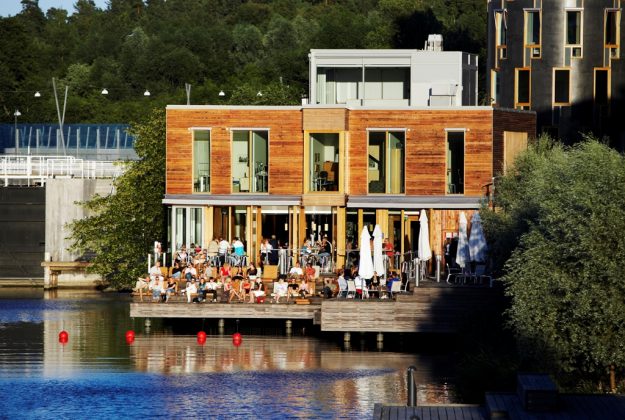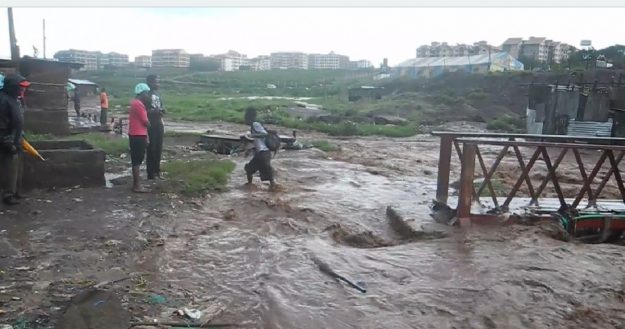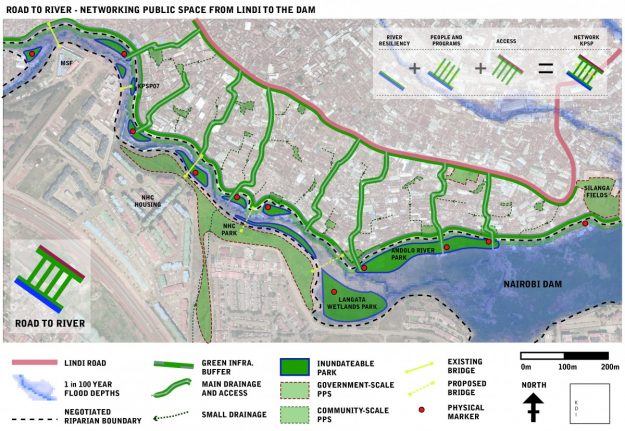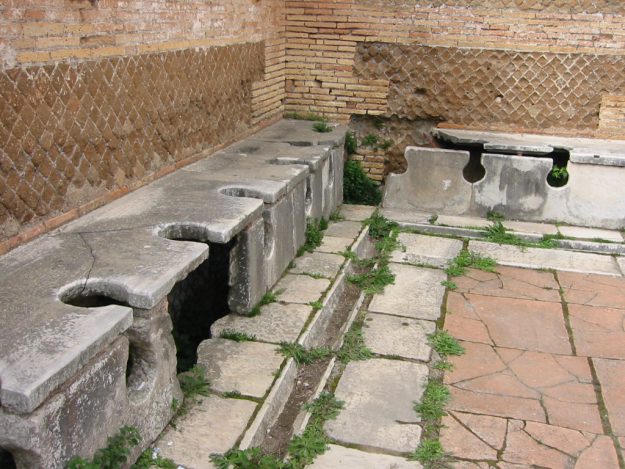Where nothing ever grows
No rain nor rivers flow
Do they know it’s Christmastime at all?

I grew up with Band Aid and Bob Geldof. Their 1984 song ”Do they know it’s Christmas” is one of those soundtracks of my youth; the songs you’ve heard so many times that you’ve stopped listening. Like so many other everyday things, they blend into the wallpaper and you stop noticing what’s special about them.
But the other day, I accidentally really listened. Band Aid sings about starvation, vulnerability, and… water. The song came about to raise awareness, and above all money, for the famine in Ethiopia brought about by drought. Geldof and his friends did a lot to bring attention to the drought problem. But now more than 30 years later, water is still a huge global challenge. For reaching SDG6 on water and sanitation, drastic increases in capital and O&M expenditure will be needed if conventional technology (read piped water and water-borne sanitation) is to be employed. In 2016, a World Bank team calculated the annual investment need to around 200 Billion USD per year up to 2030. That requires a 300% increase of sector investments.
Clearly we need to rethink water and sanitation solutions to meet SDGs. As the head of UNESCO Irina Bokova pointed out recently, we need to engage science and innovation much more. Maybe we have just gotten so used doing things the same old way that we have stopped noticing that we could do things differently. Just like Bob Geldof’s song, our WASH technologies have blended into the wallpaper.
So how have we at WaterCentre@KTH confronted this need for innovation in the past year?
First of all we have tried to make our own university a more open place for the exchange of ideas, and water knowledge in general, with the surrounding society. We have organised meetings engaging with practitioners and entrepreneurs, with politicians and bureaucrats, with students and school kids, with other citizens and of course with other scholars. Examples are our lunch seminars, a science fair at the Nobel Museum, the seminar and workshops held in at our launch in March and of course, a website, our LinkedIn-network and this Blog. Our communicative efforts go far beyond the presentation of results. To make a difference in society, we must also listen and not just speak.

Secondly, we have pushed for collaborations where our job is to create new and ‘crazy’ combinations of expertise. We have brought together KTH experts in business management, energy, nanotechnology, chemistry, biology and robotics, city planning, history, computer science and electronics… and yes; the occasional water engineer. All this to find new approaches to water challenges in society and “open up” designs that have been closed for a very long time. In our collaborative efforts we have worked together with our long-standing partners City of Stockholm, IVL, and SEI. We have also strengthened our relationship with a diverse set of organisations like Water Aid, Jehander AB, Värmdö municipality and Race for the Baltic.

Thirdly, we have worked hard to leverage resources for innovation and research that will make an impact. Just like all researchers, we have submitted a string of applications as part of wide consortia and entered many other types of processes aimed for catalysing new research and innovation projects, in Sweden and globally. One of the positive outcomes of our catalytic work is a deepened collaboration with City of Stockholm around digitalisation in water and other infrastructure. Stockholms Stadshus AB – the holding company of the city’s utility companies in water, waste, energy, housing, ports, heating, and more – will finance a doctoral student at KTH in digitalisation and infrastructure with focus on water. This is a step towards a closer collaboration between the university and the city, and a model to ensure that we work towards societal goals.
Will this make a difference for the global challenges of water? Could a collaboration with Värmdö have any bearing on water shortage in Ethiopia? Yes it could. We are past the point in history when solutions are developed in the (post-)industrial North and then exported to the global South. As we have seen from other parts of industry, not least in mobile banking, ICT and mobility, solutions that develop in places like Kenya or India may well find a market in richer countries. Disruptive innovation in water or energy will affect us in the North as well as the South and we can learn from each other.
So as we move forward into 2018 looking for innovative, sustainable WASH solutions, the global outlook is with us also in the local setting. The importance is the quality of the cooperation and the trust we create in our partnerships. With that trust, we dare question things around us; the things that emerge out of the wallpaper; the things that we can change. And we can look into the future with curiosity and optimism.
Thanks for a fascinating 2017 – and wishing you all a Happy New Year!!
David Nilsson
Director, WaterCentre@KTH











